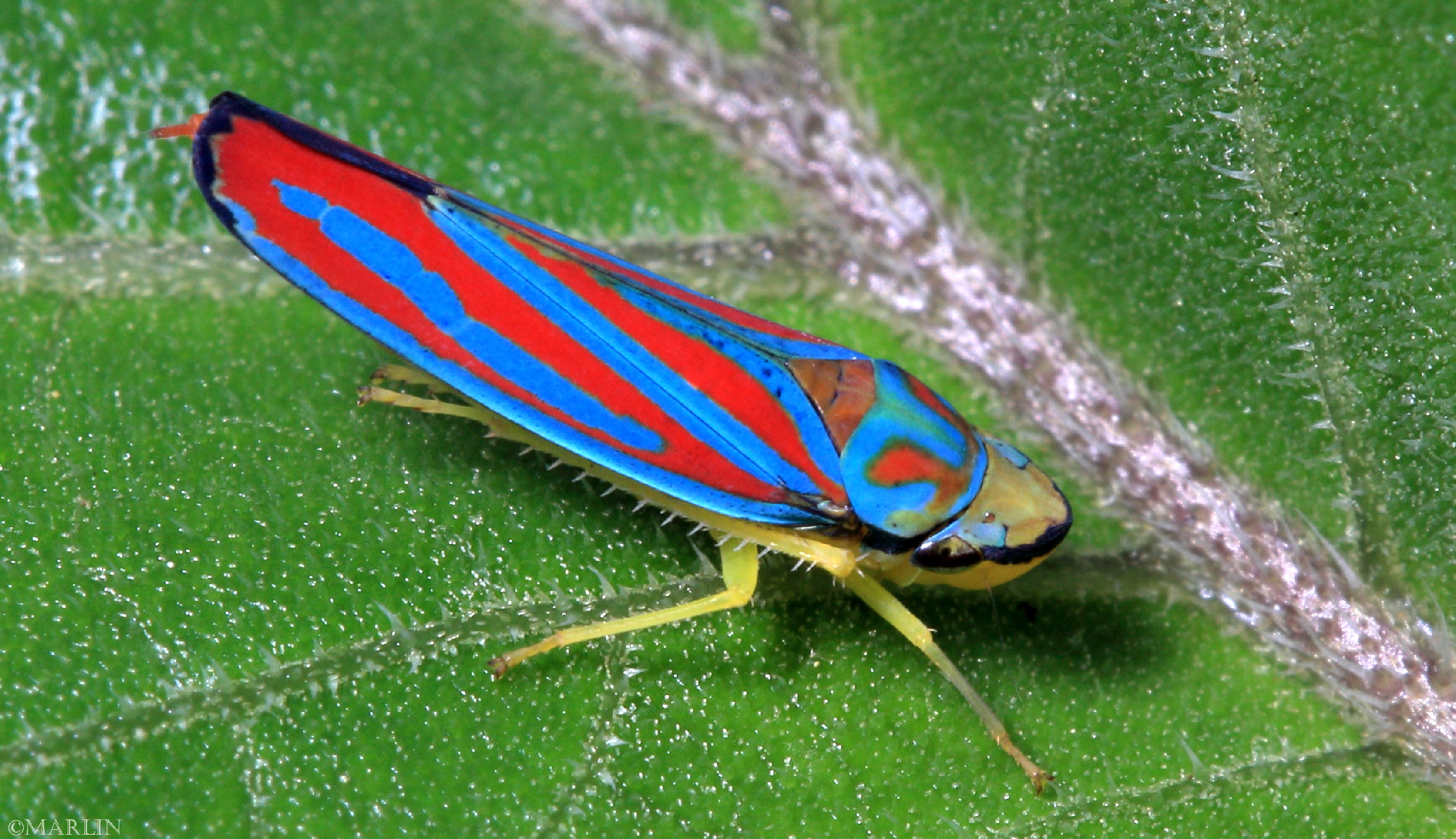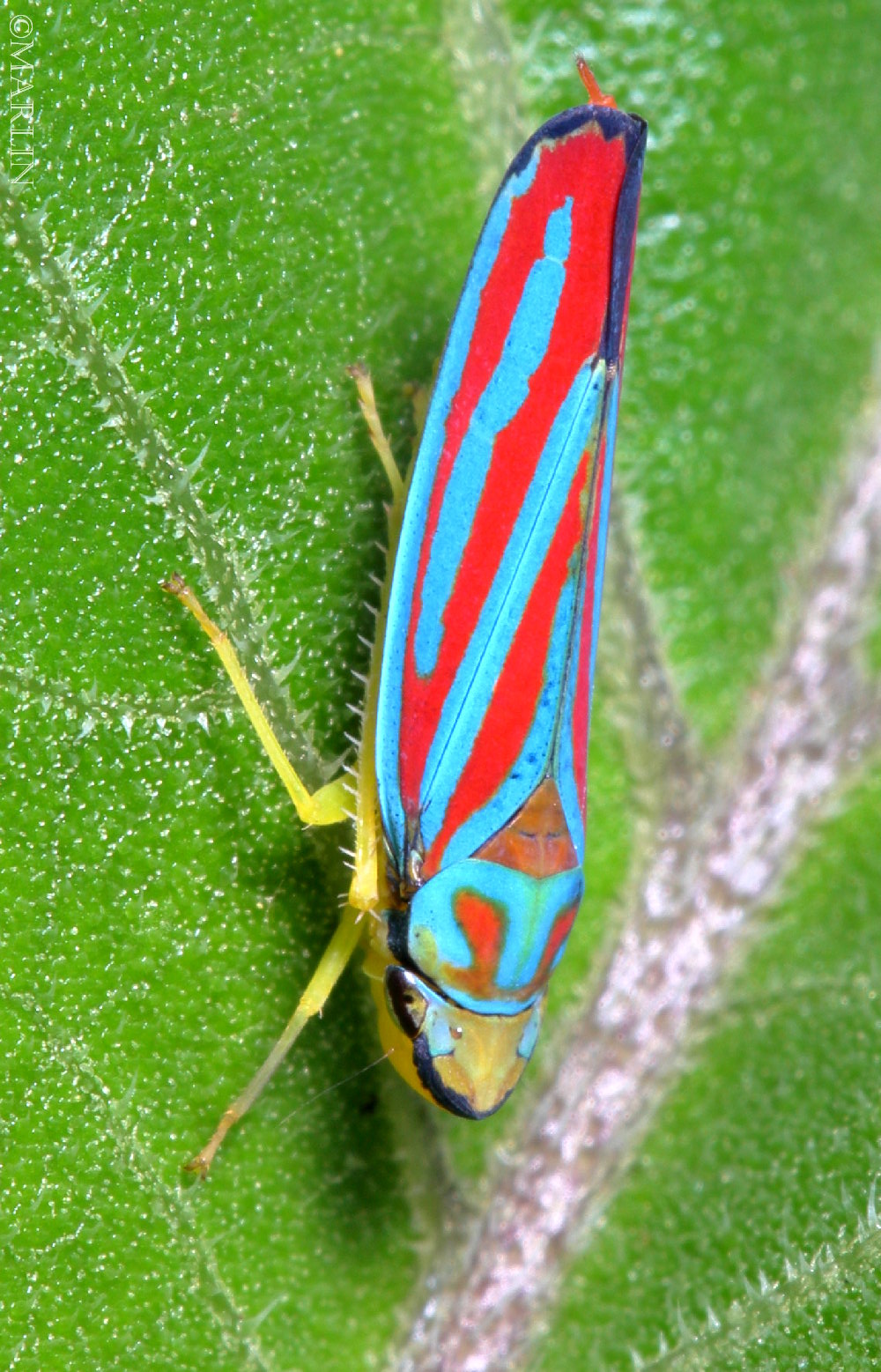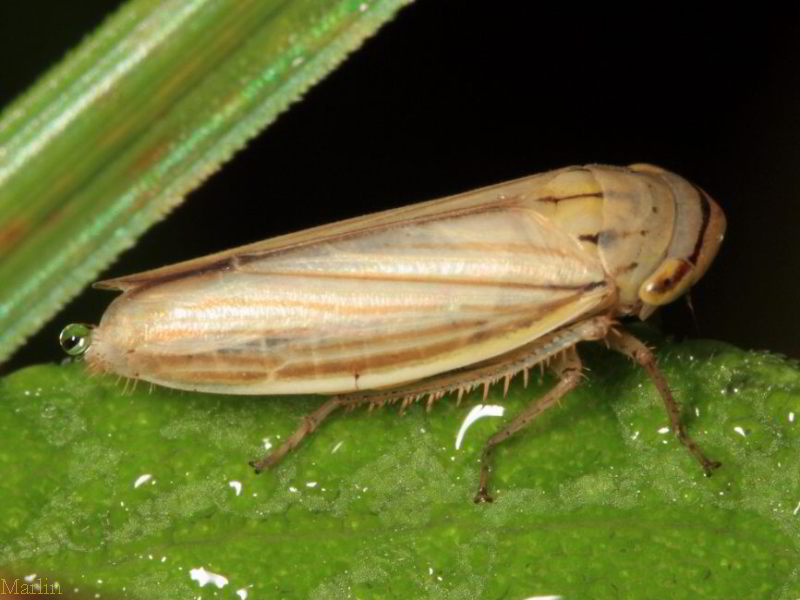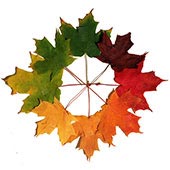Red-banded Leafhopper – Graphocephala coccinea
 Family Cicadellidae – Leafhoppers
Family Cicadellidae – Leafhoppers
Live adult leafhoppers photographed at DuPage County, Illinois. Size: 8.5mm
The red-banded leafhopper is widely distributed in North and Central America, from Canada south to Panama.
 G. coccinea has been identified as one of several leafhopper vectors of a leaf scorch known as Pierce’s disease, caused by the bacteria Xylella fastidiosa.
G. coccinea has been identified as one of several leafhopper vectors of a leaf scorch known as Pierce’s disease, caused by the bacteria Xylella fastidiosa.
It is responsible for the decline of certain woody plants such as elm, oak, and other ornamental trees.
 Silver Leafhopper, Athysanus argentarius with “sharpshooter” butt bubble
Silver Leafhopper, Athysanus argentarius with “sharpshooter” butt bubble
“Sharpshooter” is one common name for the leafhopper subfamily Cicadellinae; They get this name from their feeding on the watery sap of xylem tissue, which conducts moisture from the roots up to the leaves.
Excess water droplets are forced out the tip of the abdomen with an audible popping noise, directing the sticky waste products away from where the bugs are feeding.
Bugs Main | Bugs Index | Assassin Bugs

